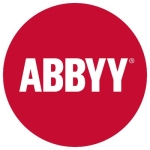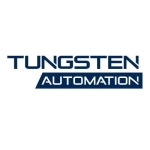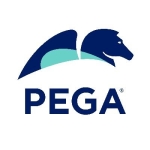What is our primary use case?
The problem statement is to automate data reconciliation between three systems, namely SAP, Ariba, and manually-updated Excel. Supplier and Purchase data flows in from different systems and separately, which sometimes results in data inconsistency.
In the current scenario, two people spend two days per week to verify and reconcile this data and then save it. This is a big cost and investment for the client. The ask from Automation Anywhere is to automate this process, including a re-upload of the data back to the systems with results of reconciliation. This way, there is no manual effort spent.
How has it helped my organization?
As mentioned above in the problem statement, the task is to automate the data reconciliation effort between SAP, Ariba, and Excel sheets from SharePoint. The developer team was able to create four bots as a PoC to automate these steps and additionally upload the data back to systems with reconciliation results. This brought consistency in data.
What we were also able to do for the client is to schedule these bots at a specific time every day, which helped remove any kind of dependency or human intervention. This also improved accuracy.
What is most valuable?
The solution was a mix of recorded runs and scripting. The developer team had a basic understanding of the tool, which made their job quite easy.
Features like reusing each and every piece of code for things such as login scripts, data extraction scripts, etc, helped us to speed up the implementation of PoC for the client.
Another valuable feature was the one-place control-all type mechanism, which helped to have a center point of control for bots running on multiple systems.
The scheduling feature allows for scheduling of the bots to a specific time every day, which helped remove the dependency on humans completely.
We were also able to get the results sent via email.
What needs improvement?
One area where I can see room for improvement is the training material that is available. I am aware that the Automation Anywhere university has a lot of training content, and even better, all of it is categorized with respect to the user's role in development. I took the training course related to architecture. This course and content were nice but the videos had a digital voice over, which made it non-engaging for me. After certain videos, you cannot concentrate much.
The other point that is relative to my experience is that for a completely new person to RPA, Automation Anywhere may come with a small learning curve.
Buyer's Guide
Automation Anywhere
October 2025
Learn what your peers think about Automation Anywhere. Get advice and tips from experienced pros sharing their opinions. Updated: October 2025.
869,089 professionals have used our research since 2012.
For how long have I used the solution?
I have been using Automation Anywhere for between ten months and a year.
What do I think about the stability of the solution?
The stability will mostly depend on the system under automation.
What do I think about the scalability of the solution?
Qe started with four bots and now there are going to be only more. The target is for approximately 25 bots to be deployed.
How are customer service and support?
I did not need to reach out to the service team myself, but the development team seemed to have no complaints.
Which solution did I use previously and why did I switch?
This is my first encounter with an actual implementation for RPA. Automation Anywhere seemed to fit our requirements.
How was the initial setup?
The initial setup is mostly straightforward, although there was some initial confusion with the right version of the tool to be used.
What about the implementation team?
Deployment was done by our in-house development team.
What was our ROI?
On a very high level, I can say that we saved two days for two people per week with this automation.
What's my experience with pricing, setup cost, and licensing?
My only suggestion in terms of pricing is very generic and that is to consider that as much as RPA saves cost and does automation, please get a realistic estimation done on whether you are really achieving any ROI over your investment with RPA. Once you are sure about it, go for it.
Which other solutions did I evaluate?
The other tool in consideration was Blue Prism; however, the internal development team advocated for Automation Anywhere as a better fit for the requirements, which is why we implemented it.
What other advice do I have?
The tool comes in with a lot of capabilities, however, you are the best judge to use only what is needed.
Which deployment model are you using for this solution?
On-premises
Disclosure: My company does not have a business relationship with this vendor other than being a customer.

















